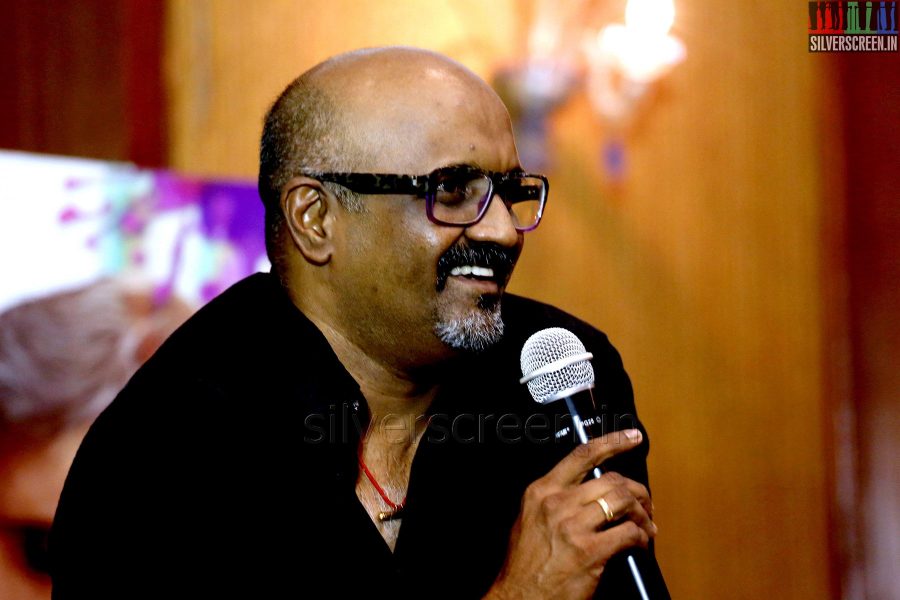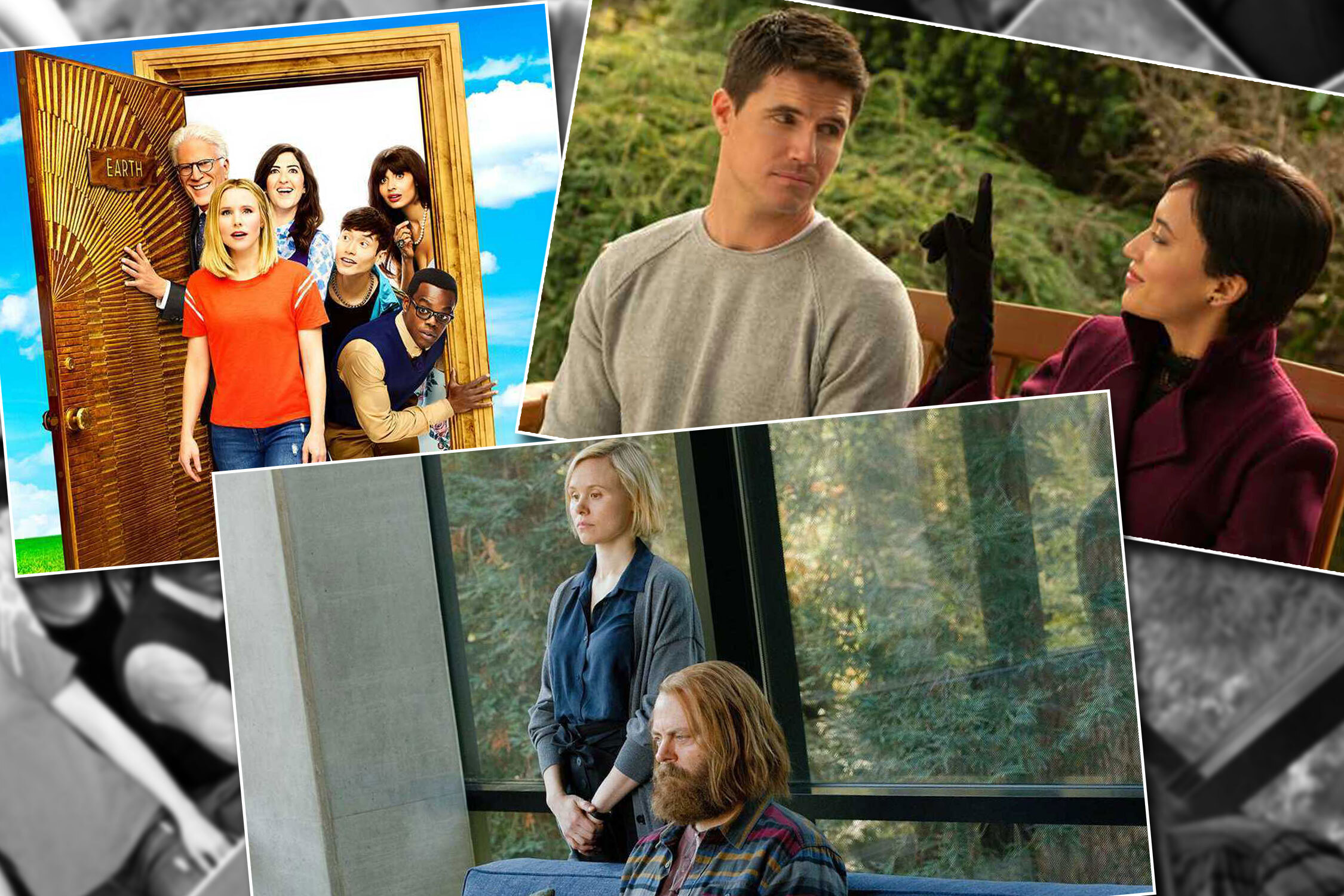Ravi K Chandran has a story to tell about every frame he shot. A metaphor to describe every camera angle. His memory is vivid. His thoughts are lucid, and he links them back to a book, a movie or an incident from his childhood.
Like a series of picture postcards, his stories.
Ravi K Chandran likes telling stories. It comes naturally to him.
So, he decided to make a movie. Yaan in Tamil, starring Jiiva and Thulasi Nair. “Mani (Ratnam) would often tell me that I am a treasure trove of stories. I always had a vivid imagination. My stories would keep listeners in splits,” he tells me.
Yaan was written in 2010, along with a friend. He initially thought of making it in Hindi, but Aditya Chopra told him that the script would be a better fit for Tamil.
The movie is his kind of cinema – with nine to ten fights, sleek action, romance and thrill. He is testing the waters with it; he’ll decide whether he should take up direction full-time based on the response to Yaan. It’s also one reason – budget being the other – he didn’t choose to debut with an A-list star. “I might be a known cinematographer but I am still new to direction,” he reasons.
Jiiva is a saleable actor, but Thulasi’s inclusion is a surprise considering she got a lot of flak for her first film- Kadal. And Chandran admits he faced stiff opposition from the crew – his assistants to music director Harris Jayaraj – to casting her in the lead. But once they saw the rushes, everyone changed their minds. “I needed someone natural and not over the top and Thulasi was bang on for the role. She was better prepared than Jiiva” he assures me.
Recently his short film “The Deadly Farewell,” about the beginning of the digital camera era was a hit on YouTube. The short film, made on a budget of ₹200,000 was nominated for several awards at multiple film festivals. Everyone from Shah Rukh Khan to Abhishek Bachchan complimented it on Twitter.
Executing a wordless story is challenging but fun, he tells me. But then showcasing it at film festivals is not easy. “It needs a lot of money. And after a while, I was just too busy to follow up,” he confides.
Like many of his Indian counterparts, Chandran uses a professional film camera like Red or Arri. His first camera he recalls was a 2c. He likes to stay involved in post-production as well, from colour correction and colour grading to editing. But, he says, when he frames a shot, he usually has a clear idea of what the final colour corrected output will look like.
His ability to visualise frames depends on the script. If the script is good, he can visualise frames better; and that has nothing to do with his background as a cinematographer.
And no, there is no signature Ravi K Chandran shot, he grins. He moulds himself to suit the needs of directors.
Tabu, he declares, has the most photogenic face among the actresses he has shot. In Tamil it has to be Trisha, having worked with her in Ayudha Ezhuthu.
Working with a newcomer is often a challenge –“Normally most actors started off being awkward in their first film. It takes them sometime to get their body language right, to move their hands effectively. And as they see themselves on screen more, they get better. Of course, technology has made it easier today. Today we can do lot of corrections. Actors look flawless, their marks can be camouflaged. Skin tone can be corrected. We can change a building, cut a bridge. Now there are no scratches. Easier now.”
He loves to find beauty in imperfections. And he brings a metaphor for that- the advertising photographic bible called the Black Book. Every photograph in that book, he says is a master piece. Flawless. It’s mind-numbing, because art is not about perfection.
He shot for Yaan in Morocco. The country is linked to some of his favourite films- Gladiator, Kingdom of Heaven, Prince of Persia “There is a mysticity in Morocco, I love the mood it created for my film.”
There are no hard and fast rules in cinematography. Chandran has always picked films with care; and he has been particular about experimenting with genres. A stylish Dil Chahta Hai along with the intense Kannathil Muthamittal; the arty Paheli followed by the popular Fanaa.
That, he says, is the way to do it – get out of your comfort zone, experiment with colours, style, lighting, shots and a new vision. Working with fresh directors is equally invigorating, he adds, citing the example of Nandita Das (Firaaq) and Farhan Akhtar (Dil Chahta Hai).
How crucial is the director – cameraman nexus? He uses his favourite movie, American Beauty to explain. “When Sam Mendes made the film, he was young and new. He brought in the 73 year old Conrad Hall to work the camera. Hall was guiding force for the relatively new Mendes. The relationship depends on a healthy exchange of ideas. Good camerawork is like playing the piano, you need to hit the high notes and the low notes to get that perfect balance,” notes Chandran.

Ravi
“One reason I think everybody is in awe of Mani is his ability to push boundaries. He lets you do that as well. He shows us new ways of filmmaking,” confides Chandran. That’s why he thinks the commercial failure of a film like Kadal shouldn’t be the benchmark to judge a genius like Mani Ratnam.
He cites yet another Mani film which also didn’t click at the box office to clarify his point –Kannathil Muthamittal. “Today we watch it again on TV and wonder why it flopped. Given a choice we would still watch a Godfather but not the so-called successful Spiderman series.” Any work of art that makes you still think, is contemporary and still looks visually stunning is his idea of great cinema. That’s why he loves the freshness of Roja, the raw violence of Sigappu Rojakkal and the brilliance of Nayagan.
But he admits almost never getting influenced by any particular style of filmmaking. “I like to do my own thing. Be it my shirt, trousers or my films. It will all have my style,” he quips.
He’s offended when asked if cinematographer-turned-directors tend to get swayed by visuals. “Do you really think so? Do you think K V Anand’s films had distracting shots? Or Santhosh Sivan for that matter? Have they won awards for cinematography for the films they directed?”
Have there been instances when an actor has moved him to tears? He reels of so many instances, he might as well write a book about it. My Name is Khan where Kajol is holding the dead child and trying to perform his last rites. An emotional Aamir Khan talking to his dad over the phone in Dil Chahta Hai.
Then there are actors who bring in that extra wow factor, like Mohanlal- “I used to wonder what the hell this guy is doing in front of the camera. I hardly saw him act. It’s only when I see the film that I realise why he is called one of the greatest actors in India.”
He does get a sniff of a film’s box office fate during its making. He knew Ghajini was a clear winner or even Rab Ne Bana Di Jodi for that matter. But he’s not big on superhero subjects though. “Is there a superhero culture in India?”, he asks me. “We should explore the Mahabharata or the Ramayana rather than demoting them to TV soaps.If you look closely at Lord of the Rings and Avatar, you realise that they have incorporated so many Indian elements into them. Do we even do that? How about a film on Lord Krishna to start with?” he grins.
“Why are there fewer women in his field?” All over the world I think the ratio is about the same. It’s a very tough and stressful job. You need to manage a lot of people together.”
He has a female assistant who’s been there with him for a few years. He loves Ellen Kuras for her minimalistic – and realistic – frames.
Chandran continues to shoot for ad films. They help him fine tune his style in cinematography. He says a lot of detail, creativity and styling goes into the making of an ad and he finds them challenging.
He starts off with some trivia when asked about South Indian cinematographers migrating to Bollywood. Guru Dutt’s cameraman was from the South. Even Subhash Ghai’s. He lists his protégés too: Manikandan did director Farah Khan’s Om Shanti Om and Ravi Verman filmed Barfi. His youngest shishya Ayananka Bose is a Karan Johar favourite.
Recommended
His son, Santhana Krishnan, who previously assisted Ravi Varman in Ram Leela is currently assisting Chandran in Yaan. “Next year, he is going solo,” beams the proud dad.
He has a good relationship with everyone, he tells me when I ask him about his equation with the stars.“I have a great working relationship with all of them though I don’t joke around with Bachchan or Kamal Haasan.”
Meanwhile, he is already scripting film no 2 and then a few more. But yes, he will still continue his first love, cinematography. If he stops, he says, then he just might stop breathing.
The Ravi K Chandran interview is a Silverscreen Exclusive.
Short Film, The Deadly Farewell:
http://www.youtube.com/watch?v=ukexXRYzr7M



